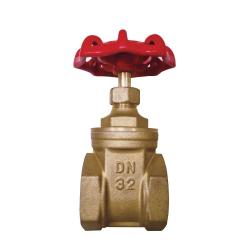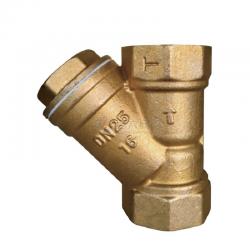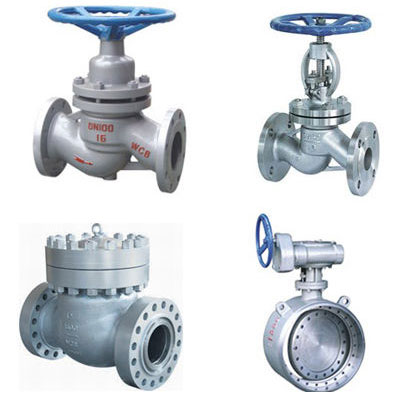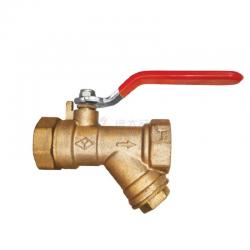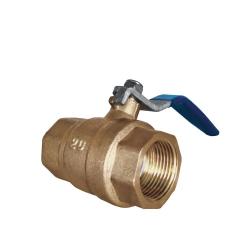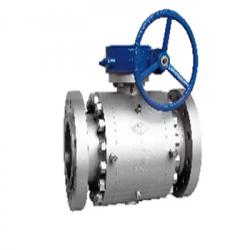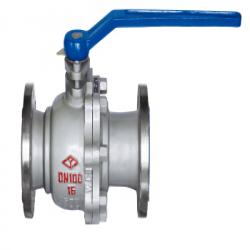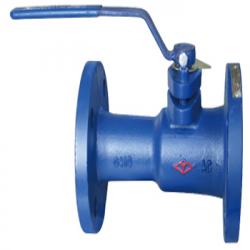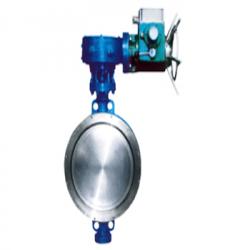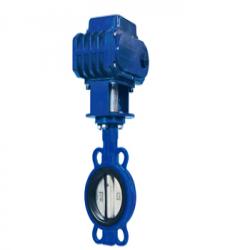Brass gate valve
- Model Number: API600
- Brand Name: Yuanda
- Place of Origin: Hebei, China
- Minimum Order Quantity: 1
- Supply Capacity: 10000/month
- Payment: T/T, D/P, L/C, Paypal, Western Union
- MemberShip: Free Member
- Inquiry Now
API600 Brass gate valve Description
Brass gate valve - Yuanda valve Gost Gate Valves Exporter China DIN Gate Valve supplier
The Difference Between Ball Valve And Gate Valve
Gate valves and ball valves are commonly used valves to control flow, but there are important differences between them.
All types of valves are essential to operate countless versions of machinery and equipment, spanning many industries and applications. It is hard to imagine an environment without valves. Having said that, not all valves are the same, and they are definitely not one size fits all parts.
It is important to choose the right valve, so understanding the application, advantages, and advantages of each valve is the key.
Understand the ball valve
The main difference between ball valves and gate valves is their structure. They work similarly but have different structures.
Ball valves are so-called because they have a stem and a ball. There is an opening inside the ball. When the valve is opened, this opening is aligned with the pipe, allowing free flow. Turn the control lever to rotate the ball so that the opening is perpendicular to the flow and close it.
These valves are also very durable and can be used for a long time even in the case of heavy use or long periods of non-use. Ball valves are reliable, but they do not provide good control, so in situations where you want a simple shutdown or start without fine-tuning the control, it is best to stick to ball valves. This is why many people simply refer to these valves as "shut-off valves."
When the operator needs to open and close the equipment without losing pressure, the ball valve is also an ideal choice. They have a good seal because the ball blocks the flow, and they are easy to operate, just simply turn the valve handle, and then it can be confirmed visually.
Having said that, the cost of ball valves may be a little higher than gate valves. Another potential disadvantage is the space required for ball valve operation. In order to use the ball valve lever, the operator needs to ensure that there is a complete 90-degree turn.
Understanding gate valves
Similarly, due to the difference in structure between ball valves and gate valves, the working principle of gate valves is different from that of ball valves. They control the flow through a gate that is lifted out of the passage for fluids or other materials. The door can be round or rectangular. The operator usually controls the valve by rotating the knob to raise or lower the gate, thereby controlling the flow.
The gate valve does not have the immediate closing function of the ball valve, which is one of the main differences. However, they do provide finer tuning control of material flow and flow pressure. The gate valve does not need to be closed immediately, but in applications where it is not required but with a high degree of control, the gate valve is a better choice than the ball valve. For example, in the case of high water pressure, the gate valve can prevent the formation of a water hammer.
Choose the right valve
The decision to use a ball valve or a gate valve depends on various factors, such as price, location and method of use, and the material passing through the valve. You may find that you have chosen one or both.
Retaled category: Gate Valve
Hot search: valves, globe valve, check valve, butterfly valve, ball valve, gate valves



